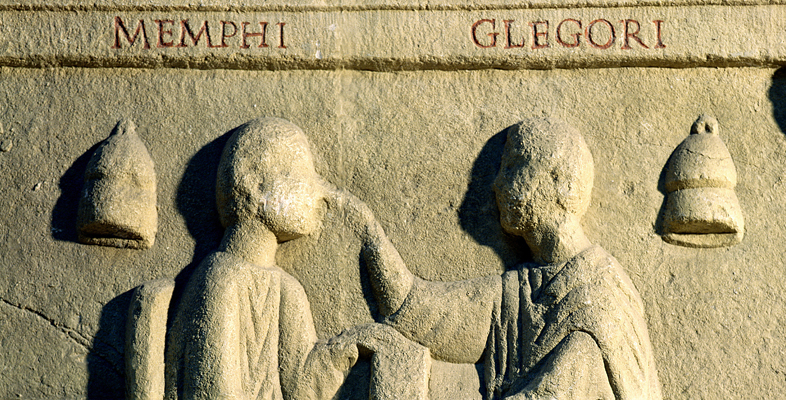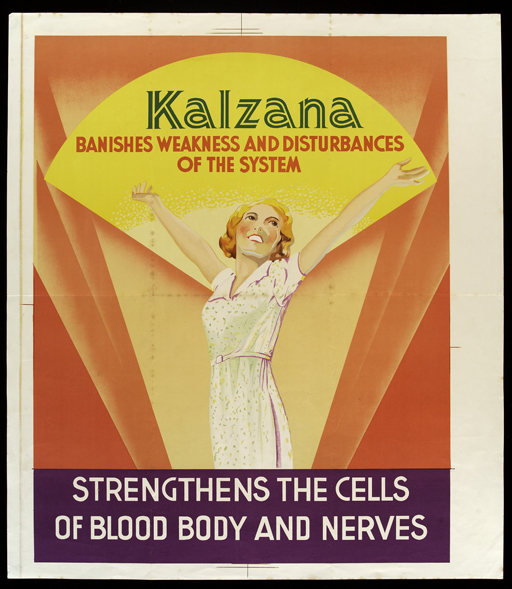1.6 What is health? Modern definitions
Figure 3 shows an advertisement for a calcium preparation. Derived from lime, calcium was first isolated as an element in 1808. Its name comes from the word calx, which means ‘lime’ in Latin.
Calcium has important roles in health, for example in bones, nerves, heart contractions and blood clotting, although, of course, none of this was known in the ancient world. To take just one example, some people thought that bones were made from the father’s sperm.
The ancient texts you have encountered so far in this course suggest that everyone knew and agreed on the meaning of ‘health’. Today, however, there are competing definitions and different ideas on how to ‘measure’ health.
Still influential is a definition proposed by the World Health Organization (WHO) in 1948:
Health is a state of complete physical, mental and social well-being and not merely the absence of disease or infirmity.
This was offered as an alternative to an earlier definition: ‘health is the absence of disease’. Key features of the 1948 version are:
- health is not simply ‘not being ill’
- health is defined by positive, not negative, aspects
- health is not merely physical
- no ideal body weight, body mass index, blood pressure or cholesterol level is given.
When this definition was written in 1948, things were very different from today. The main health issue then was acute illness – a disease with an abrupt onset and, usually, a short course – but since then, standards of diet and hygiene have improved, and so have medical interventions.
These changes have led to a revised definition. In 2011 an international group of health experts proposed that the WHO definition was ‘no longer fit for purpose given the rise of chronic disease’ (Huber et al., 2011). They didn’t like the word ‘complete’ – who is ever completely healthy? Furthermore, just because test results show some abnormality, this doesn’t mean it will ever make you ill. They questioned how health is measured: what is important, how many years you live, or how fully you can take part in society until you die? Their suggested definition of health was ‘the ability to adapt and to self manage’.

